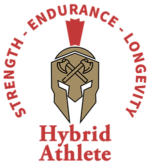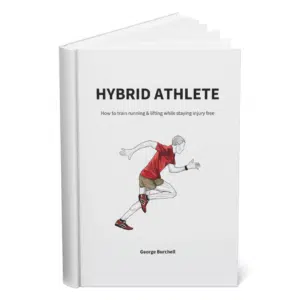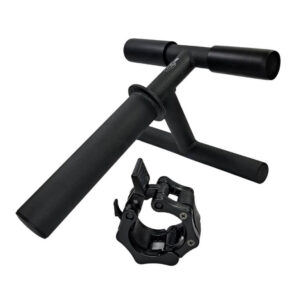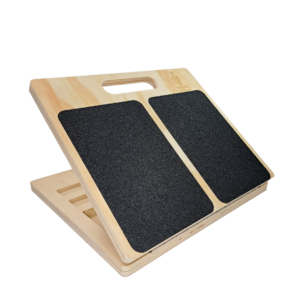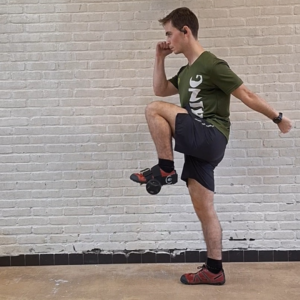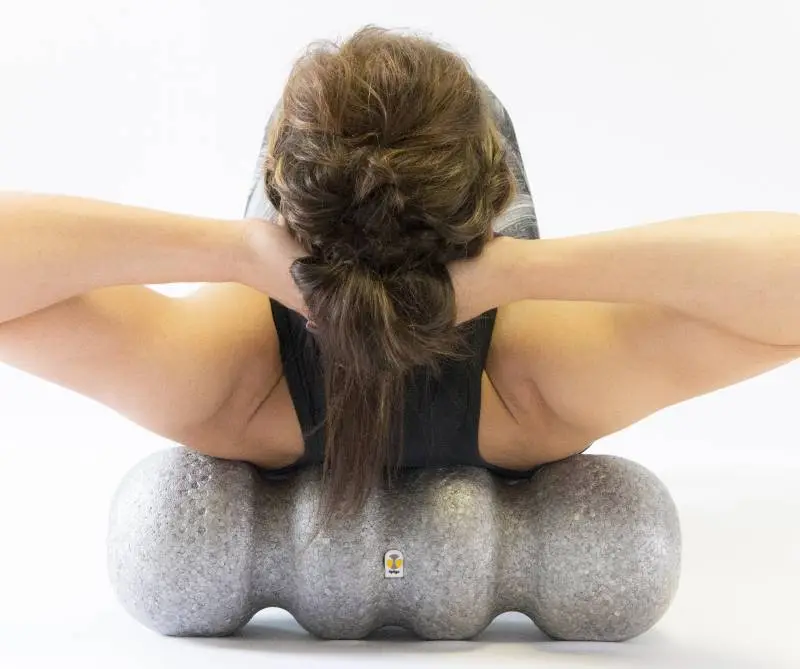
Even though stretching is a topic that bears different meanings in different sports, foam rolling is something every athlete can benefit from.
Foam rolling is one of the best tools out there when it comes to injury prevention. You can also find it under the name of Self-Myofascial Release.
But what do those words mean, and how exactly does foam rolling help with injury prevention? Let’s talk about it.
Table of Contents
What is Myofascial Tissue?
The myofascial tissue is a network that spreads across your body, connecting your bones, joints, and muscles. It comes in layers that play a crucial role in keeping your body together. It also helps with keeping the organs in place.
Now, this tissue network is made of flexible, lined fibers, but under certain circumstances, it can become rigid, tangle up at the cross sections, and even inflamed.
What Causes Tissue “Knots” and Painful Tigtheness?
Myofascial adhesions, aka trigger points, aka tight knots can be a result of many different factors. The neural and fascial systems get damaged by one (or a combination of) these:
- Poor posture during sitting, standing, or walking. Even bad sleeping positions are a risk
- Repetitive motions like exercising or repetitive physical labor
- Dysfunctional movement due to muscle imbalances or damage
One big downside of developing these adhesions or knots lies in their ability to cause more trigger points (like a chain reaction).
Self-Myofascial Release (SMR) As A Cure For Tightness
As the name suggests, SMR is a way to relieve your myofascial tissue and get rid of nasty adhesions. The linear connective tissue gets bundled up and foam rolling is a great way to tackle those knots directly.
Because the facia fibers run along muscle fibers, it can be fairly easy to pinpoint the problem. Once you locate your knots (if the pain doesn’t give the locations away first) it’s time to bust out the foam roller. They come in different shapes, sizes, and densities. It’s important to remember that SMR can be done with other means as well, like a hard massage ball.
The key is to suspend your body onto the foam roller, and let its surface tackle the knots, with the help of gravity, of course.
SMR is gaining in popularity
This form of fascial release is backed by athletes, coaches, and scientists around the world. The fascia, as a functional part of the human body, was rediscovered only recently.
And we are only digging up good news. Up until very recently, people didn’t know exactly why foam rolling helps (which it did). Nowadays, you can see SMR recommended everywhere, including sport science leaders like The National Academy of Sports Medicine (NASM).
It’s time to talk about the direct benefits of SMR foam rolling…
Benefits of SMR Foam Rolling
- Reduced soreness while exercising AND resting
- Improved circulation, especially through the muscle fibers
- Faster recovery, especially after repetitive motions
- Better range of motion at the joints surrounding the targeted muscle group
- Enhanced injury prevention
3 SMR Foam Rolling Exercises To Help You Right Away
1. Calve SMR Foam Rolling
- Sit on the floor and cross your legs with the calf you want to tackle at the bottom
- Place the roller under the gastroc/soleus area
- Slowly roll your calf over the roller, locate the most tender/painful area
- Hold the roller there for about 60 seconds (with slight rocking movements over the tender areas)
- Repeat for the other leg
2. Thoracic Spine SMR Foam Rolling

- Lie down on the floor and place the foam roller under your upper back
- Cross your arms over your chest and raise the hips off the floor (glute bridge)
- Roll over the foam roller to find the painful spot
- Hold there for about 60 second
3. Latissimus Dorsi SMR Foam Rolling
- Lie on the floor and turn over to the side you want to work on
- Outstretch your arm and place the roller just under the armpit (aim for the axillary region)
- Roll back and forth (up and down) to find the trigger spots in your lats
- Hold that position for about 60 seconds (minimal rocking motion)
Foam Rolling Is Your Injury Prevention Ally
No matter how tedious or boring it may look, SMR foam rolling brings too many benefits for you to miss out on.
This goes double if you are into sports with a lot of repetitive motion (e.g. running). Your myofascial tissue is bound to get tight and bundled up, and foam rolling is the most efficient way to tackle those knots right away.
So, do your body a favor and grab that foam roller before your next training session (pre-warm-up) and see for yourself. Thank us later!
Start Your Injury-Prevention Journey With The Right Equipment:
GET THE BEST INJURY-PREVENTION TRAINING EQUIPMENT:
Above all, a storyteller. Then comes marketing, branding, writing music, powerlifting, and woodworking.
